Don’t Quit Your Day Job…Yet! How to Chart a Course for Working Full-time as a Yoga Professional
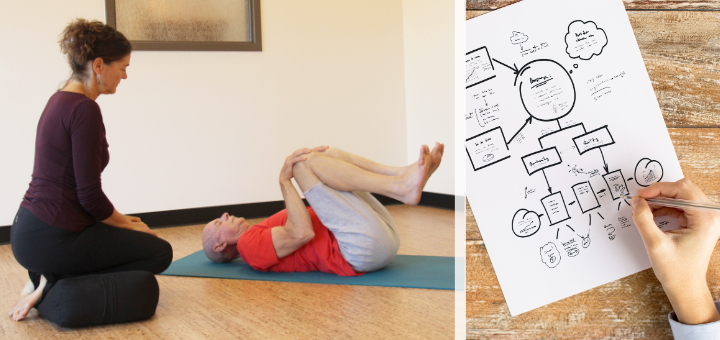
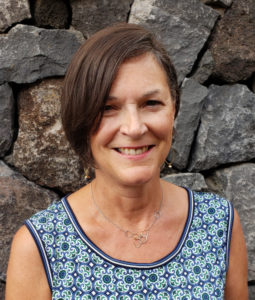
“I’d love to quit my job and just teach yoga,” says a teacher-in-training or newly certified yoga teacher or yoga therapist.
“You need a plan. And don’t quit your day job…yet,” says me, trainer of teachers, faculty for a yoga therapist training.
Charting a course to work full-time as a yoga professional takes careful planning and possibly a bit of time, depending on the opportunities in your community. Yoga was not that popular when I was first certified as a yoga teacher. There was almost no awareness about yoga therapy, and hardly a yoga therapist to be found within the entire state of Wisconsin. I needed a plan to do more of what I felt called to do – taking yoga to the people, especially for health and healing.
Being the risk-adverse person that I am related to money, there were three major considerations I contemplated in planning for a future as a yoga professional:
- I didn’t want to have to use what I had saved for retirement from my early professional career to start a new yoga career.
- Pursuing yoga therapy training would create more variety of work opportunities over time, but I didn’t want to incur educational debt as I pursued more advanced training.
- Leaving an employer-sponsored health insurance plan would be a large expense to cover. Purchasing an affordable individual health insurance plan on the open market for someone with a pre-existing health condition was difficult and expensive and I would need to bank on the Affordable Care Act passing to feel more comfortable making the transition.
A gradual transition was a better fit for me. I knew that I could put in the time needed to work more than one job, attain more advanced training and wait to see what happened with health insurance. My day job was still interesting, and I felt as if I was still contributing there. The transition to full-time yoga work took about five years, and that timing was about right for the evolution of yoga for me personally, professionally, and in the community.
How can a yoga teacher make a living? I have found that it’s often a combination of roles that one might be involved in that creates a revenue stream that has enough consistency to weather cyclical ups and downs, changes in the economy and the natural competition that occurs in any business. Here are some of the roles that a teacher or teacher/yoga therapist might be involved in.
- Management or administrative work at a studio or for a yoga organization or school;
- Teaching general classes (full-time is around 12 – 14 classes per week) in a studio or through various community places, including worksites;
- Teaching private sessions;
- Teaching workshops and retreats and webinars;
- Faculty in a teacher training (requires advanced yoga teacher training or a specialty area of expertise such as Vedic chanting, yoga philosophy, anatomy, Ayurveda, Sanskrit);
- Be a lead teacher for a yoga teacher training (requires E-RYT 500);
- Be a Certified Yoga Therapist to teach therapeutic classes, workshops, retreats, webinars, provide individualized yoga therapy, consult for research studies, or be faculty for a yoga therapy training;
- Own a yoga studio or yoga school.
I worked toward my goal to do yoga full-time by committing to more yoga teaching and by cutting down my day job to 50%. Health insurance, retirement benefits, steady income and continued growth as a professional were still important benefits of my day job. At the same time, I embarked on an advanced teacher training program with the intention to eventually train as a yoga therapist. Reducing my day job work schedule created some space for the extra time needed for training, and it also freed up some time to get more established with teaching yoga.
My ability to earn a living teaching yoga evolved slowly. I taught weekly classes, continually refining and finding the right mix as I juggled two jobs. As I attained more training, a natural transition into doing more workshops occurred. Things were growing slowly, but with a steadiness that helped me feel confident that I could do it.
About the time I finished yoga therapist training, my teacher offered me a part-time administrative role. I decided to juggle 3 different roles for about a year until I realized that I could do yoga full-time. There were a few factors at play that helped with the final decision to quit my day job: yoga was more popular and sought out in the community, the consistency of administrative and faculty work with my teacher and the passage of the Affordable Care Act. I took the leap on the last day of October many years ago.
If you are contemplating being a full-time yoga professional, I offer the following tips:
- Don’t quit your day job…yet!
- Write out your long-term career and financial goals.
- Write out the steps you need to take to get to those long-term goals and the approximate timeline.
- Do a personal or family budget and understand what you need to survive on and to thrive on (those numbers are typically different!) and how making changes will affect survival and thriving.
- Make a small business budget to understand more about how much you need to generate as a full-time yoga professional.
- Get more training in small business development and management.
- Look for the yoga opportunities and discern which ones align with your goals.
- If your day job isn’t aligning as your yoga work evolves, look for opportunities that might be a better and more flexible fit.
- Manage the challenges of working more than one job. You will likely have spillover from one role to the other, and it may require more than a full-time schedule. Be organized and try to have good boundaries. “Schedule” yourself for working on your yoga business development, since it’s the part of the transition that is easily overlooked when your day job has additional demands, or it’s a beautiful summer day.
- Keep monitoring the progress toward your goals. Tax time is a great time to see where you’re making progress in terms of revenue sources. You may want to see financial data from at least one or two years before deciding to quit your day job.
The most important thing you can do for making any major transition is keep your PERSONAL PRACTICE alive. Your PERSONAL PRACTICE will:
- support you with energy or relaxation when you’re working a lot of hours,
- help you build your prana shakti to make a major change,
- help you align with your potential,
- be a source of new inspiration and creativity,
- be a way to tap into your deeper wisdom and intuition that helps with decision-making,
- help you manage the fear and anxiety over quitting your day job!
My final suggestion is to use that combination of heart, intuition and knowledge to make the final leap into full-time work as a yoga profession. Be guided by your heart to work toward what is meaningful work for you. Access your inner wisdom and intuition to discern what shifts and changes you need to make in your plans. Use hard data to witness that there is a high degree of probability for the financials to work out for you. Then quit your day job!

Do you already have a group of people who support your vision and send yoga students to you? Or are you still working on developing those relationships?
Meaningful relationships with doctors, health practitioners, business leaders, and other influential people who trust your expertise are essential for manifesting your vision and growing your yoga business.
Check out this chat with Mary Hilliker, to get help with figuring out who these people are for your business, what you can offer them, and how you can build relationships with them.
About Mary
Mary Hilliker is a Registered Dietitian/Nutritionist, an experienced yoga teacher at the E-RYT 500 level and a Certified Yoga Therapist with the International Association of Yoga Therapists (C-IAYT). She studied with Gary Kraftsow of the American Viniyoga Institute for the last 20 years.
Mary owns and operates River Flow Yoga Teacher Training School, a Yoga Alliance RYS-200 and RYS-300 in Wausau, Wisconsin. She is a business partner and teacher/yoga therapist with 5 Koshas Yoga & Wellness in Wausau, WI. In that role, she focuses her time on individualized Yoga Therapy, teaching Yoga Therapy groups, webinars and special events, training yoga teachers, and providing continuing education for yoga teachers and yoga therapists.
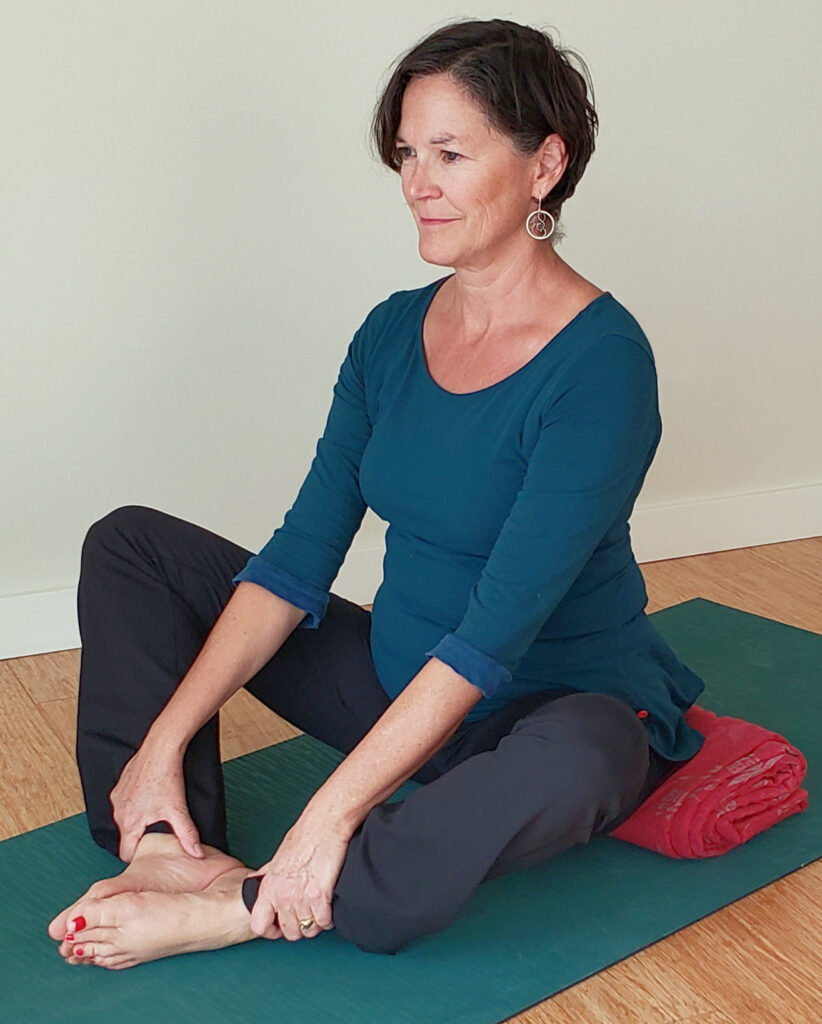

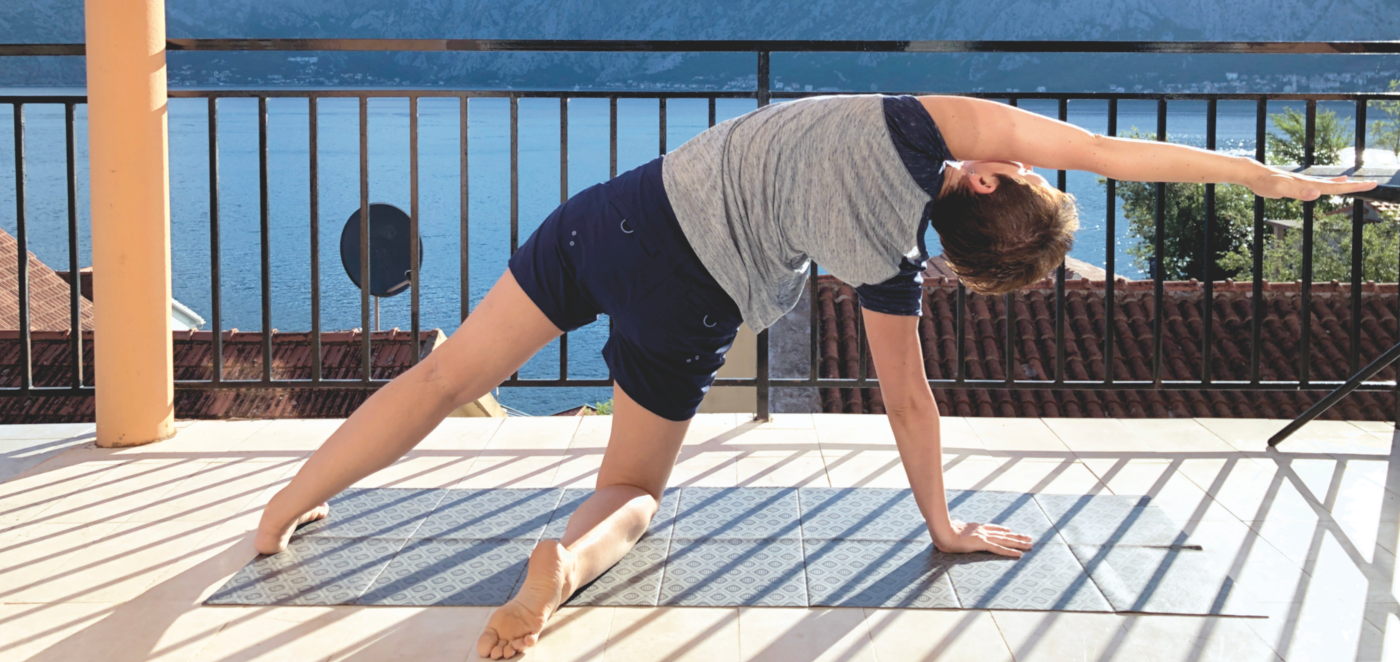
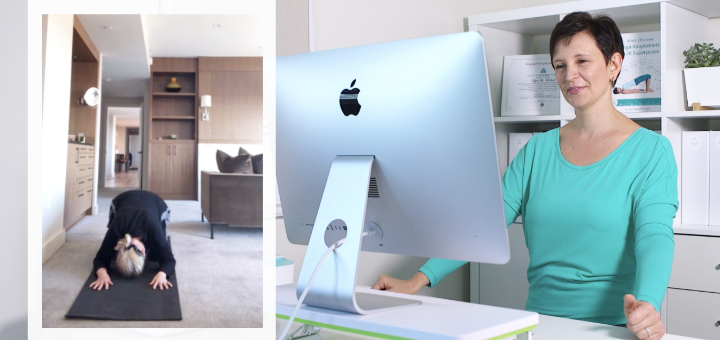
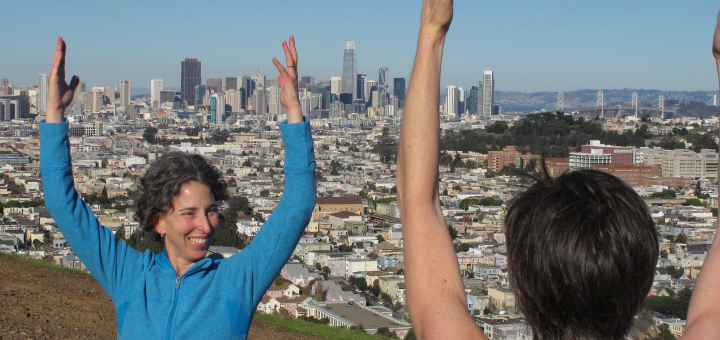
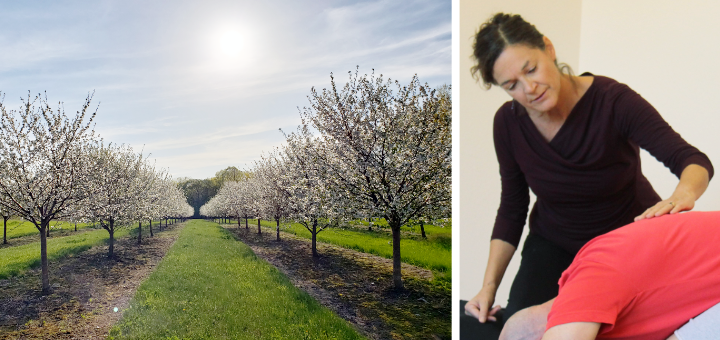
Great article, Mary! Full of practical, experience-based advice. Thank you!
Thank you for this! Its inspiration to move forward and to continue your personal practice along the way!!